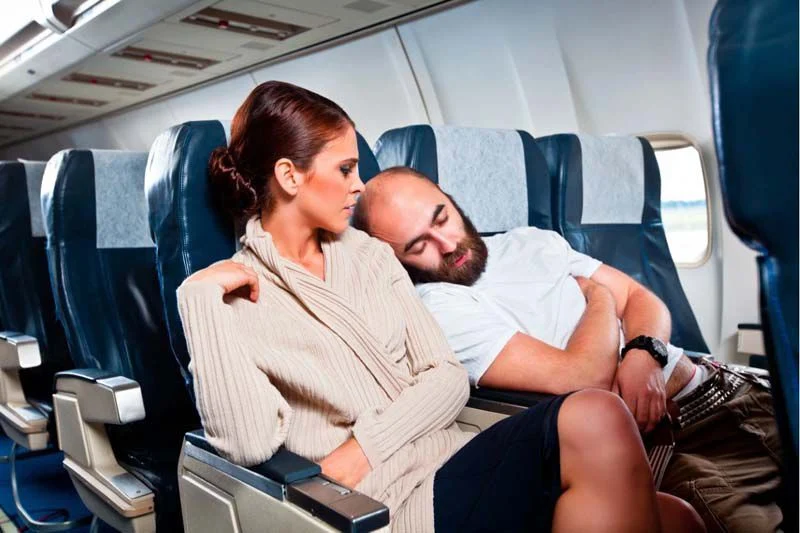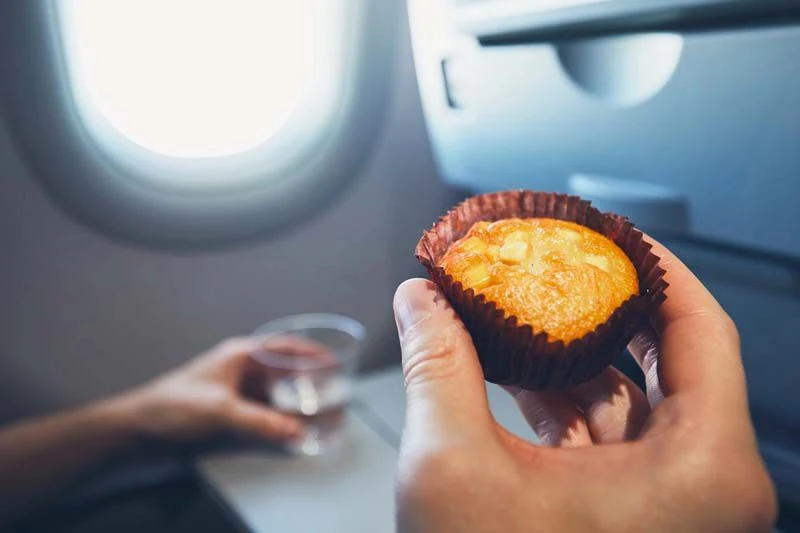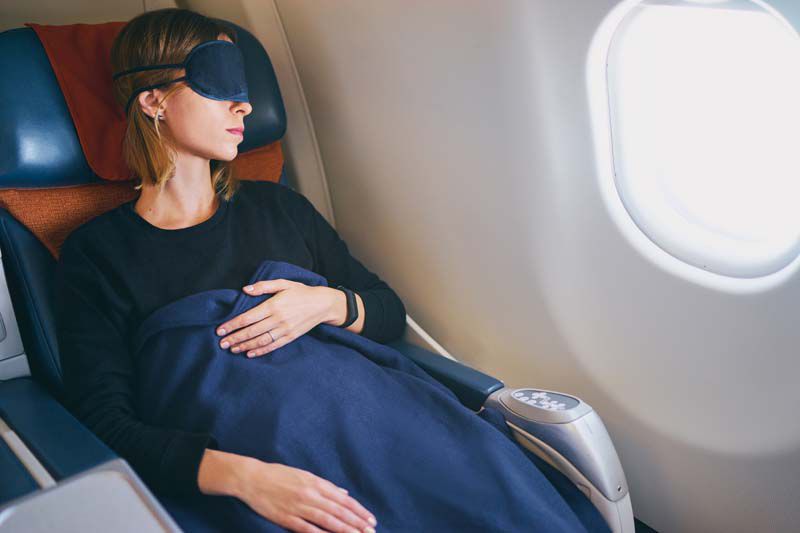![[feature] The Best Way to Fall Asleep on a Flight, Says Expert](https://blogger.googleusercontent.com/img/b/R29vZ2xl/AVvXsEjy3R6I6UDcRckY6y7Gw-tjr2es2ESTbWdNkxwbsAmob8eRMOi7PwxaPw1zbEcj4699tXtGYrCb2hGuXaexjpARnSgozF-Ls2MvGs0doFpkXNoe7or6l1_EkKwL47NjNwsvC0qP4iRzIzaySat-JZVmVAASxpP7IkzAsJ7Z_dbpgQDtOWzs5FTMt39z/s16000-rw/sleep-plane-blanket-eye-mask.jpg) |
| © Provided by Best Life |
By Leah Groth, Best Life
Whether you are taking a jaunt to a nearby state for work or traveling for hours on end to a faraway location on vacation, air travel provides the perfect opportunity to kick back, relax, and maybe even get a little sleep.
Some people have no problem falling asleep on a plane: They shut their eyes, maybe put on some noise-canceling headphones, turn on some tunes, and they are out. Unfortunately, not all of us have the ability to cancel out the bright lights, crying babies, unpredictable turbulence, and the strongly offensive perfume or cologne permeating from the person next to us to get that much-needed rest during air travel.
Luckily, there are a few things you can do to fall asleep on a plane, according to Michael Breus, Ph.D., a clinical psychologist, diplomat of the American Board of Sleep Medicine, and fellow of the American Academy of Sleep Medicine. Keep reading for his number one tip to snooze soundly while mid-air.
Read More: 9 Airport Essentials You Should Never Leave Home Without
Lots of people struggle to sleep on planes.
 |
| © Provided by Best Life |
If you struggle to get any shut-eye while flying the friendly skies, you aren't alone. According to one Expedia study, a whopping 48 percent of travelers report they generally cannot sleep on a plane.
Why it can be so difficult to fall asleep.
 |
| © Provided by Best Life |
Breus explains that there are a bunch of reasons why falling asleep on a plane can be a struggle. First, the body was not meant to sleep sitting up, he points out. "This forces your heart to pump harder due to gravity."
Next, even if you are tired enough to fall asleep sitting up, airplanes rarely offer enough room or personal space. "This too will cause anxiety for the sleeper, and possible disruption when they put their head on their seatmate, who may not enjoy their company!" notes Breus.
Finally, planes are a lot different than your bedroom, where you can generally control your environment. "Light exposure, sounds, and temperature are all variables that you cannot control on a plane, which can lead to disruption," Breus explains.
The number one best way to sleep on a plane is to bring a sleep kit.
 |
| © Provided by Best Life |
Breus's top tip takes a little planning. He suggests putting together a sleep kit and bringing it with you whenever you travel. "It should have eyeshades, socks, earplugs, toothbrush and paste, comb, your phone with meditations on it, and sleep music ready to go."
All of these things can help you feel more comfortable and control the variables on the plane. In a blog post on his website addressing the topic, Breus elaborates on why you should pack some of these personal items. "Maintain your usual bedtime ritual, even if your flight is during the day. If you brush your teeth and wash your face before bed, recreate this ritual in the airport or on the plane before you doze off. It will encourage your body to sleep."
Choosing the right seat also matters.
 |
| © Provided by Best Life |
Another controllable factor is where you sit. Breus suggests selecting a seat with ample legroom that's next to the window (if you can). "A window seat allows you to rest up against the fuselage of the plane, and your seatmates are less likely to wake you up to use the restroom," he writes on his blog.
"Also, you have complete control over the window, so you won't get bombarded by circadian rhythm-altering sunlight when trying to snooze," Breus adds. If the humming of the plane engines bothers you, he suggests opting for a seat far away. Also, consider splurging on a seat with extra legroom, as it will allow you to stretch your legs. "Remember, don't cross your legs while asleep because that can impede blood flow and put strain on the spine," he writes.
Read More: 10 Need To Know Hacks For Your Next Long-Haul Flight
What you wear and eat can induce slumber, too.
 |
| © Provided by Best Life |
There are other ways you can help yourself fall asleep on a plane, per Brues. Dress comfortably, wearing loose layers, clean socks, and comfortable shoes that you can kick off if needed.
Before and during the flight, avoid soda and bubbles or other caffeinated beverages. He also suggests bringing your own food.
Finally, make sure to stretch prior to getting on the plane, which can help you avoid stiffness later on.
See more at Best Life

























